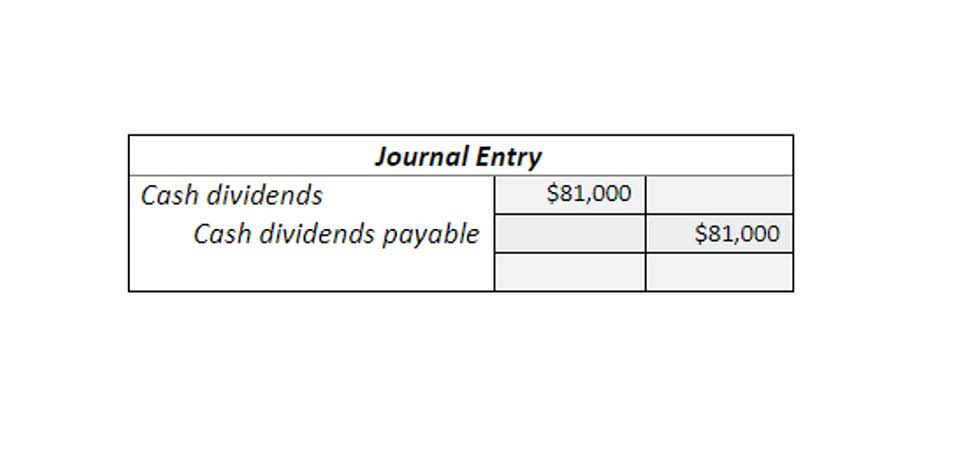
The most prominent of these include allowing companies to present a more accurate picture of their assets. For example, after six years, the asset’s book value on the balance sheet will be $40,000. However, it will also have a negative accumulated depreciation of $60,000, offsetting that cost. Allowance for receivables is an account that companies maintain to record possible bad debts. This account offsets the balance in the respective asset account that they pair with on the balance sheet.
Contra-equity accounts
Contra-asset accounts are often confused with other financial adjustments, such as contra-liability or contra-revenue accounts. Despite their apparent similarities, each has a specific function in financial reporting. Businesses must know these differences to guarantee accurate financial reporting and avoid misclassification errors. Imagine running a company and anticipating that you will collect all your receivables, only to discover later that some are uncollectible. Or think of investing in a costly piece of equipment only to decrease its value over time. Without contra-asset accounts, these financial realities wouldn’t be properly reflected in statements, leading to overstated assets and misleading reports.
List with Examples
- These accounts, which appear as deductions from the related primary asset accounts, are essential in understanding the net value of the assets they correspond to.
- A business might elect to separately state contra asset accounts on its balance sheet, so that the users of its financial statements can obtain additional information about the contents of these accounts.
- It plays a vital role in maintaining the accuracy and transparency of a company’s financial statements.
- And let’s not forget the all-important Allowance for Doubtful Accounts, acting as a financial crystal ball that estimates the portion of accounts receivable that might just turn into fairy dust.
- The expense account uses its debit balance to reduce the revenue account’s credit balance.
For example, if a company has an equity account for treasury stock, they would also have a contra equity account to offset the balance in the treasury stock account. The main advantage of using a contra asset account is to separate this reduction from the asset account with which it is paired. By doing so, you can more clearly see the total amount of the related asset account, which would otherwise have been obscured by the offsetting amount of the reserve. Contra asset accounts are essential in bookkeeping for portraying the accurate net value of assets. The hottest retail item of today can be relegated to nostalgia channels on YouTube tomorrow. And when your business still has some of these outdated, unwanted, or unusable items in your inventory, you’ll want to offset the lost value of these assets in your general ledger and balance sheet.
Allowance for Doubtful Accounts
A Discount on Notes Payable, for instance, accounts for the difference between the cash received and the note’s face value. Sales Forecasting If a $100,000 note is issued at a 2% discount, the Discount on Notes Payable would be $2,000, effectively reducing the liability over the note’s life until it reaches its face value at maturity. Contra asset accounts play a crucial role in accurately presenting the financial health of a company.

1. Purchase Discounts, Returns and Allowances Expense Contra

To reflect the reduction in the equipment’s value due to depreciation, the company also records $10,000 in the Accumulated Depreciation account. After one year, the Equipment account shows $40,000 ($50,000 – $10,000), and Accumulated Depreciation shows $10,000. Examples of contra accounts include accumulated depreciation, allowance for doubtful accounts, and sales returns and allowances. Contra accounts are important in accounting practices because they help to ensure that financial statements are accurate and in compliance with GAAP contra asset account (Generally Accepted Accounting Principles). They also help to provide a clear picture of a company’s financial health and performance. In accounting, a contra account is a general ledger account that offsets the balance of another general ledger account.
- Instead of modifying the main accounts directly, businesses use contra accounts to track reductions, risks, or expected losses.
- Still, the dollar amounts are separately broken out in the supplementary sections most of the time for greater transparency in financial reporting.
- It is a reduction from equity because it represents the amount paid by a corporation to buy back its stock.
- Businesses can adhere to accounting rules and make well-informed financial decisions by appropriately classifying and monitoring contra assets.
- For example, a grocery store displays advertisements for a national brand in its weekly flyer.
- For example, an accumulated depreciation account is used to offset the value of a company’s fixed assets, while a discount on bonds payable account is used to offset the value of a company’s outstanding bonds.
What Are Contra-Assets: Understanding Their Role in Bookkeeping
- Essentially, the main purpose of a contra asset account is to depict a more accurate and transparent representation of a company’s financial health.
- The allowance for doubtful accounts is a company’s educated guess about how much customers owe that will never come in.
- For example, after six years, the asset’s book value on the balance sheet will be $40,000.
- Each type of contra account represents a different aspect of a company’s financial position.
- To illustrate, consider a company that purchases a delivery vehicle for $30,000.
- It represents the total amount of depreciation that has been charged to the asset since it was acquired.
The frequency depends on the type of transaction and the company’s bookkeeping cycle. Businesses typically record contra accounts whenever a relevant transaction occurs. In most cases, accountants update these accounts monthly or at the end of an accounting period to ensure accurate financial statements. Instead of recording deductions as expenses, you track them separately to keep your sales figures accurate. This prevents inflated revenue numbers and gives a clear picture of your net earnings.


Understanding how much value an asset has lost can help determine whether it’s more cost-effective to continue retained earnings maintaining it or to invest in a new asset. All of this information is reported on the balance sheet so that it is easier for the readers to understand the financial position of the company. Instead of reporting the assets at their carrying amount directly, assets are reported at their historical costs and are reduced to book value by reporting the allowance for depreciation along with it.

